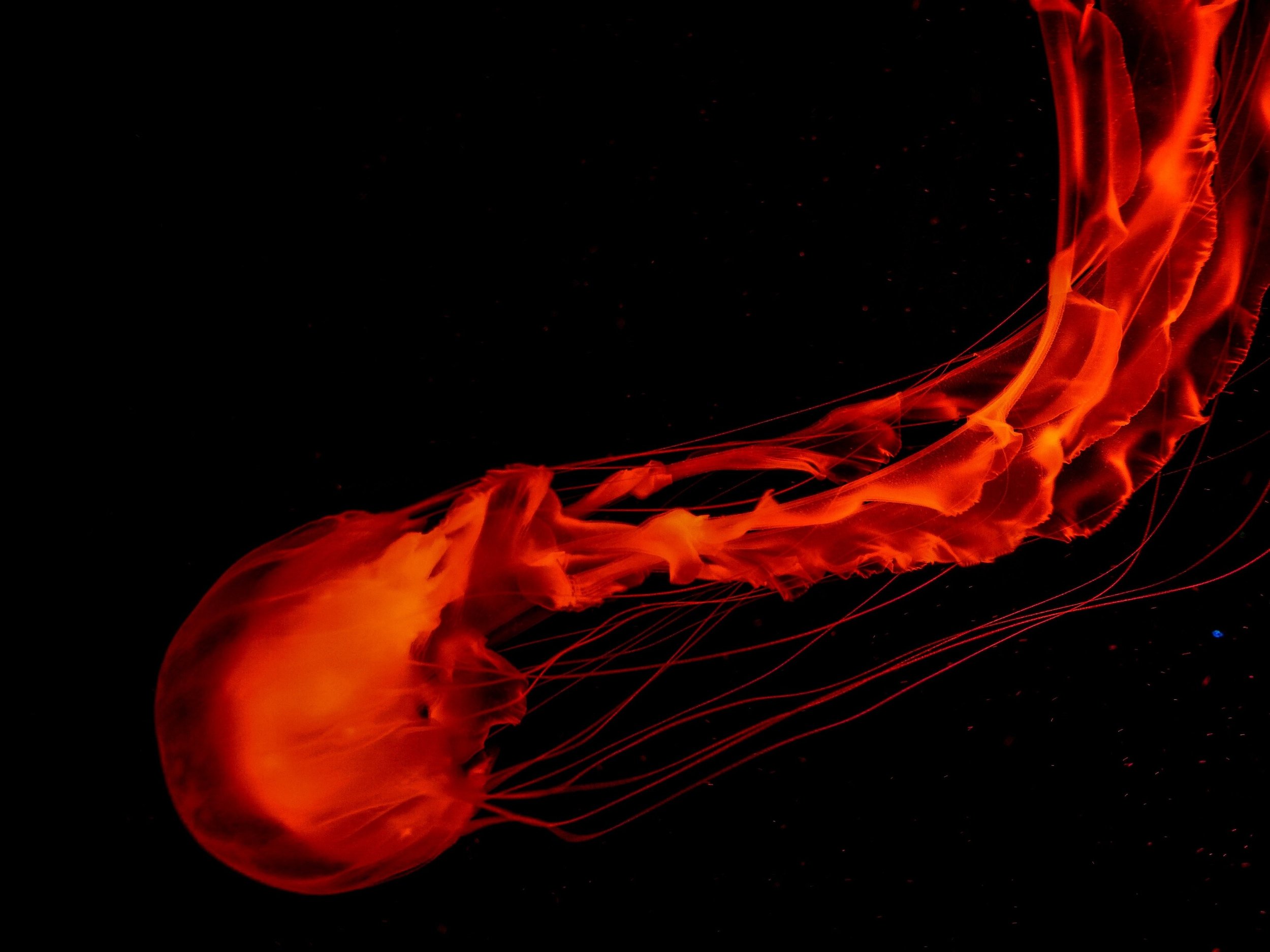
Electricity & Circuits
Answers

Unit 17: Electric Charge & Fields
Q17.1) a) -1.6 x 10⁻¹⁹ C
b) 3.2 x 10⁻¹⁹ C
c) 0
Q17.2) 6.25 x 10¹⁹
Q17.3) 7.2 x 10⁶ N/C [away from the calcium ion]
Q17.4) 6.9 x 10⁶ N/C [towards the chlorine ion]
Q17.5) The electric field has a magnitude of 0 at a point between the two ions 20.7nm from the potassium ion.
Q17.6) 1.37 x 10⁶ N/C [58° below horizontal]
Q17.7) 3.6 x 10¹⁰ N/C [towards the bottom-left charge]
Unit 18: Coulomb’s Law & Electric Force
Q18.1) 1.6 x 10⁻¹⁷ N [South]
Q18.2) 1.15 x 10⁻¹² N [towards the calcium ion]
Q18.3) 1.63 x 10⁻³ C
Q18.4) 1.6 x 10⁻¹¹ N [down]
Q18.5) 6.02 x 10⁻⁶ C
Unit 19: Electric Potential Energy & Voltage
Q19.1) 2.3 x 10⁻²⁰ J
Q19.2) 7.7 x 10⁻²¹ J
Q19.3) 5.76 x 10⁻² V
Q19.4) 33.3 nm from the calcium ion, between the two ions.
Q19.5) 4.19 x 10⁶ m/s
Q19.6) 0.017c or 1.7% the speed of light.
Q19.7) The electron is in unstable equilibrium. Notice how the net electric field between the two calcium ions points towards their shared midpoint at all points except the midpoint (where its magnitude is 0). Electrons experience forces opposite in direction to the electric field at their location, therefore perturbing the electron slightly will cause it to fly off towards one of the calcium ions.
Unit 20: Electric Current & Resistance
Q20.1) 8 x 10⁻¹⁴ A
Q20.2) I₁ = 5 A, I₂ = 10 A
Q20.3) 425 Ω
Q20.4) 27.3 Ω
Q20.5) 110 Ω
Q20.6) 478 Ω
Unit 21: Electric Circuits, Ohm’s Law, & Power
Q21.1) a) 0.5 A
b) 60 W
c) 36 000 J
Q21.2) 0.34 A
Q21.3) I₁ = 1.09 A
I₂ = 0.87 A
I₃ = 0.22 A
Q21.4) a) I₁ = 0.251 A
I₂ = 0.183 A
I₃ = 0.068 A
I₄ = 0.079 A
I₅ = 0.098 A
I₆ = 0.074 A
I₇ = 0.251 A
b) V₁ = 75.3 V
V₂ = 13.7 V
V₃ = 13.7 V
V₄ = 5.9 V
V₅ = 5.9 V
V₆ = 5.9 V
V₇ = 25.1 V
c) P₁ = 18.9 W
P₂ = 2.51 W
P₃ = 0.93 W
P₄ = 0.47 W
P₅ = 0.58 W
P₆ = 0.44 W
P₇ = 6.3 W
